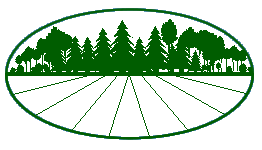Woodlot Association of Alberta
c/o Olson Office Management
P.O. Box 303
Beaverlodge, AB
T0H 0C0

Woodlot Association of Alberta
c/o Olson Office Management
P.O. Box 303
Beaverlodge, AB
T0H 0C0
People invest in woodland for many different reasons. For example, some may be looking for financial returns while others may be seeking recreational opportunities.
The value of a woodlot can be determined by starting with the bare land value (market price of woodland without any resources on or under it). A local forestry professional or land appraiser can help determine this amount.
Other applicable values can then be added to calculate the full value of your woodlot including:
Improvements made to your woodlot that will add to its value include:
Managing your woodland using silviculture techniques such as planting, weeding and thinning, can increase tree quality and volume, increasing the value of your woodlot.The actual financial impact of a silviculture investment is dependant on such variables as silviculture costs, prices of wood products, silviculture assistance available and land productivity.
See NS Department of Natural Resources Module 10A Managing Woodlot Finances, Planning & Investment Guide for detailed information regarding calculations of growth and return on proposed silviculture investments and development of a business plan for your woodlot.
Resources
NSDNR Woodlot Management Home Study Program
- Online or Mail
Module 10A - Managing Woodlot Finances
Planning & Investment Guide